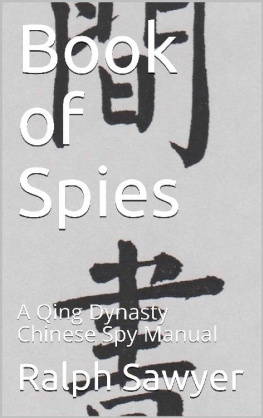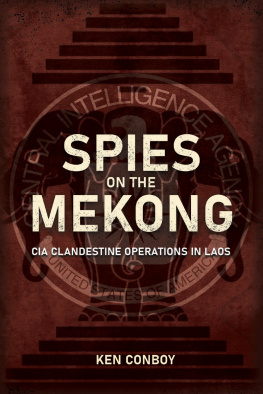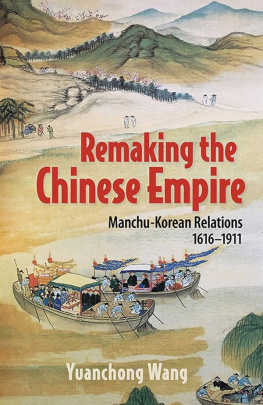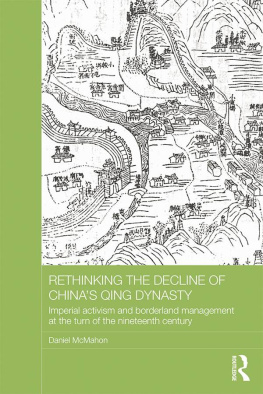Book of Spies
by Zhu Fengjia
Translated by Ralph D. Sawyer
With the collaboration of Mei-chn Sawyer
Copyright 2020 Ralph D. Sawyer
All rights reserved
No part of this book may be reproduced, or stored in a retrieval system, or transmitted in any form or by any means, electronic, mechanical, photocopying, recording, or otherwise, without express written permission of the publisher.
In memory of Lt. Commander Cleon Howard Brewer
Asian intelligence specialist and longtime Pacific denizen
Who sought the Tao and glimpsed it
Contents
Traditional Chinese Chronology
Legendary Sage Emperors 2852 2255 BC
Xia 2205 1766 BC
Shang 1766 1045 BC
Zhou
Western Zhou 1045 770 BC
Eastern Zhou 770 256 BC
Spring and Autumn 722 481 BC
Warring States 481 221 BC
Qin 221 207 BC
Former Han (Western Han) 206 008 AD
Later Han (Eastern Han) 023 220 AD
Six Dynasties* 220 589 AD
Three Kingdoms 220 280
Sui 581 618 AD
Tang 618 907 AD
Five Dynasties** 907 959 AD
Northern Song 960 1126 AD
Southern Song 1127 1279 AD
Yan (Mongol) 1279 1368 AD
Ming 1368 1644 AD
Qing 1644 1911 AD
* The short lived kingdoms, which generally succeeded each other after the overthrow of the Three Kingdoms, were the Western Jin, Sixteen States, Northern Wei, Western Wei, Northern Zhou, Eastern Wei, Northern Qi, Easter Jin, Liu-Suog, Southern Qi, Liang, and Chen
** The Five Dynasties include the Later Liang, Later Tang, Later Jin, Later Han, and Later Zhou
Foreword
Prompted by inimical events, including the devastating Taiping rebellion and a Miao uprising that he was tasked to eradicate, Zhu Fengjia turned to ancient military texts like the Art of War for strategic solutions and became mesmerized by spycraft, especially the activist aspect of disrupting the enemy through estrangement measures. His success in employing intelligence measures and revitalized techniques on the local level as he struggled to suppress local bandit movements confirmed the validity of his quest. The volume at hand thus sprang from necessity, both experienced and perceived, rather than idle curiosity.
Although Jian Shu Book of Spies was written by a government official, however lowly, its origins are not without controversy. In seeking to repress uprisings against the purportedly legitimate Qing, Zhu definitely felt his motives were righteous. But because the Qing was a conquest dynasty, one that had been forcefully imposed despite the Jurchens comparatively insignificant power (with perfidious Chinese cooperation), over the years so-called Ming loyalists, outright patriots, and contemporary Chinese analysts have condemned his willingness to sustain an oppressive regime that nevertheless proved too effete to counter foreign coercion. While some might claim Qing domination wasnt a great shame for China, it cant be denied that concerted action by a fraction of the populace could have easily overwhelmed their Manchu conquerors at any time. Unfortunately, cowered into submission and covetous of official position, innumerable scholars and officials unabashedly sanctified the governments legitimacy and cooperated willingly.
Little is known about the author other than he was an erstwhile scholar who never succeeded in passing the traditional exams requisite to beginning a career as an imperial official. Therefore, despite his locally acknowledged erudition, he never held a significant administrative position. However, whether because of disinclination or incapability, many men marked by enormous talent never properly mastered the pedantic curriculum essential to surviving the examination process. Zhu was simply one of them.
History of the Text
The book itself has an unusual history. Even though Zhu personally circulated copies among the powerful and notable after completing it in 1855, Jian Shu never attracted the patronage necessary for publication. During his lifetime it thus remained unknown other than to a few acquaintances, yet it somehow survived as handwritten copies in private libraries for more than a half century until finally receiving exposure as a single, lengthy piece in the Zhonghe Zazhi , a limited circulation Shanghai journal, immediately after the Qings collapse in 1911. Appearing in the highly uncertain era initiated by the last dynastys recent dissolution, a time when foreign powers were exerting divisive influences, Zhus discussion of how spycraft could be used to thwart external threats must have seemed highly germane.
Little is known about the articles reception or whether any of Zhus ideas were adopted in the decades of fragmentation and foreign occupation that preceded World War II. However, Qunjun finally published Jian Shu as a standalone volume in 1979, three decades after the Peoples Republic of China was founded, presumably in response to the initiation of a concerted effort to revive indigenous cultural values and abstract the wisdom embedded in Chinas heritage that would allow the nation to successfully confront the West. In the succeeding decades, PRC military and political thinktanks reexamined Chinas immense historical writings and numerous martial texts for strategic concepts and tactical principles that would allow China to be unexpected and unorthodox, to surpass their enemies by implementing tactics integral to an evolving military science with unique Chinese characteristics. Accordingly, long neglected works such as the Seven Military Classics , the Hundred Unorthodox Strategies , and Ruminations in a Grass Hut became the focus of focal discussions and other, previously unknown works, including the Thirty-six Stratagems , gained prominence.
This quest for the military wisdom prompted several inexpensive typeset editions of Zhus Jian Shu that are marked by varying fidelity and accuracy. A scholarly, annotated edition by Dr. Chen Hu was finally published by Minzu in 1999 but quickly disappeared. However, no matter in what form, Jian Shu wasnt included among the texts incorporated in the great fifty volume Peoples Liberation Army Press printing of traditional military works, the Zhongguo Bingshu Jicheng ( Collected Chinese Military Books ) initiated in the late 1980s, though it does exist in Korean and Japanese versions, including one by the highly experienced translator Moriya Hiroshi that appeared in 1982.
Nature of the book
Having appeared as a continuous article rather than a conventional book, Jian Shu originally lacked the usual demarcation of sections and chapters. Nevertheless, its clearly divisible into an initial theoretical portion and a second, far longer collection of incidents that show different techniques and principles of spycraft in historical application. However, this deliberate segregation isnt particularly rigid because the theoretical discussion includes a number of examples and the fifty-three exemplifications (as they are termed here) are loosely organized in terms of agent categories, as well as marked by considerable theoretical expansion and redundancy.
Although many of the illustrations are found in earlier military works such as the Wujing Zongyao ( Quintessentials of the Military Canon ), Baizhan Qilue ( One Hundred Unorthodox Strategies ) and Caolu Jinglue ( Ruminations in a Grass Hut ), others are unique. The latter are generally drawn from one of the twenty-five dynastic histories, but also reach back to the Spring and Autumn Zuozhuan and may stem from more obscure works, including the Zhinang and accounts of Chinas two highly fragmented periods, the Sixteen Kingdoms and the immediate post Tang era. Zhus erudition is also visible in unexpected quotes from the Yi Jing , Chinas great divination text, and the Heguanzi , a little known and even less read esoteric writing. (At the same time, it might be noted that the Ming dynasty Caolu Jinglue ( Ruminations in a Grass Hut ), which contains over six hundred examples from Chinas military history, was published in 1850, to considerable interest, just a few years before he completed Book of Spies . Although Zhu never cites it as a source, many of its historical illustrations appear in Ruminations , suggesting he may have drawn inspiration or identified incidents for possible research from it.)
Next page








